Usuario "alvarojs"
Se han encontrado 28 Coincidencias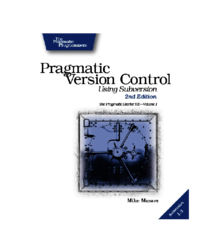
Pragmatic Version Control using Subversion
Subversion
77 Visitas | 115 Descargas | 2013-10-03 15:29:30 | alvarojs
Version control adds an immense amount to a project. It gives you a safety net, helps your team collaborate effectively, lets you organize your builds and QA, and even allows you to do some detective work if things go wrong. I hope this new edition of Pragmatic Version Control will help you and your team get started and succeed with Subversion.
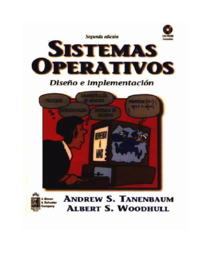
Sistemas Operativos, Diseño e Implementación
Sistemas Operativos
263 Visitas | 340 Descargas | 2013-10-03 15:36:27 | alvarojs
Un libro muy bueno para la introduccion al diseño e implementación de Sistemas Operativos, con el código de Minix (inspirador de Linux).
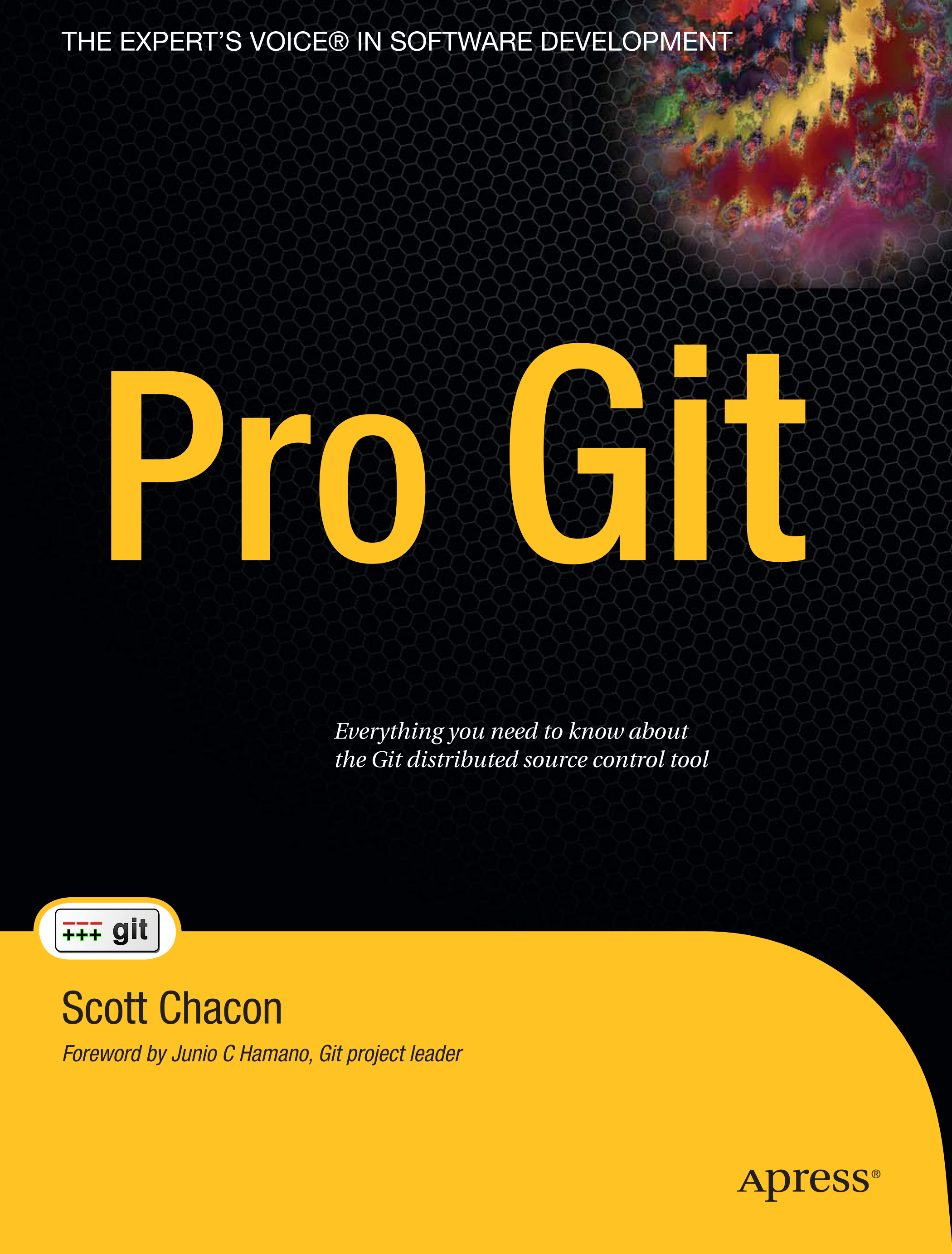
Pro Git
Git, Version Control System
149 Visitas | 221 Descargas | 2013-10-07 13:35:43 | alvarojs
What is version control, and why should you care? Version control is a system that records changes to a file or set of files over time so that you can recall specific versions later. For the examples in this book, you will use software source code as the files being version controlled, though in reality you can do this with nearly any type of file on a computer.

Python Scientific lecture notes
Python para programación científica
109 Visitas | 163 Descargas | 2014-02-26 20:57:48 | alvarojs
- Rich collection of already existing bricks corresponding to classical numerical methods or basic actions: we don’t want to re-program the plotting of a curve, a Fourier transform or a fitting algorithm. Don’t reinvent the wheel! - Easy to learn: computer science is neither our job nor our education. We want to be able to draw a curve, smooth a signal, do a Fourier transform in a few minutes. - Easy communication with collaborators, students, customers, to make the code live within a lab or a company: the code should be as readable as a book. Thus, the language should contain as few syntax symbols or unneeded routines as possible that would divert the reader from the mathematical or scientific understanding of the code. - Efficient code that executes quickly... but needless to say that a very fast code becomes useless if we spend too much time writing it. So, we need both a quick development time and a quick execution time. - A single environment/language for everything, if possible, to avoid learning a new software for each new problem.
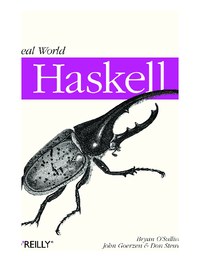
Real World Haskell
Programacion en Haskell
69 Visitas | 96 Descargas | 2014-03-03 15:22:57 | alvarojs
Haskell is a deep language; we think learning it is a hugely rewarding experience. We will focus on three elements as we explain why. The first is novelty: we invite you to think about programming from a different and valuable perspective. The second is power: we’ll show you how to create software that is short, fast, and safe. Lastly, we offer you a lot of enjoyment: the pleasure of applying beautiful programming techniques to solve real problems.
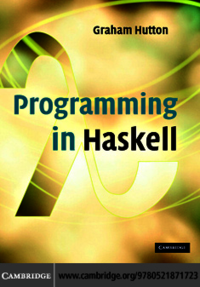
Programming in Haskell
Programación en Haskell
84 Visitas | 84 Descargas | 2014-03-03 15:25:13 | alvarojs
Haskell is one of the leading languages for teaching functional programming, enabling students to write simpler and cleaner code, and to learn how to structure and reason about programs. This introduction is ideal for beginners: it requires no previous programming experience and all concepts are explained from first principles with the aid of carefully chosen examples. Each chapter includes a series of exercises, ranging from the straightforward to extended projects, along with suggestions for further reading on more advanced topics. The presentation is clear and simple, and benefits from having been refined and class-tested over several years.

Yet Another Haskell Tutorial
Programacion en Haskell
55 Visitas | 63 Descargas | 2014-03-03 15:30:52 | alvarojs
The goal of the Yet Another Haskell Tutorial is to provide a complete intoduction to the Haskell programming language. It assumes no knowledge of the Haskell language or familiarity with functional programming in general. However, general familiarity with programming concepts (such as algorithms) will be helpful. This is not intended to be an introduction to programming in general; rather, to programming in Haskell. Sufficient familiarity with your operating system and a text editor is also necessary (this report only discusses installation on configuration on Windows and *Nix system; other operating systems may be supported – consult the documentation of your chosen compiler for more information on installing on other platforms).

The Haskell Road to Logic, Math and Programming
Programación en Haskell
65 Visitas | 75 Descargas | 2014-03-05 17:15:27 | alvarojs
The subject of this book is the use of logic in practice, more in particular the use of logic in reasoning about programming tasks. Logic is not taught here as a mathematical discipline per se, but as an aid in the understanding and construction of proofs, and as a tool for reasoning about formal objects like numbers, lists, trees, formulas, and so on. As we go along, we will introduce the concepts and tools that form the set-theoretic basis of mathematics, and demonstrate the role of these concepts and tools in implementations. These implementations can be thought of as representations of the mathematical concepts.
Contribuir
Usted puede contribuir con Libros UCLV, es importante para nosotros su aporte..
Contribuir